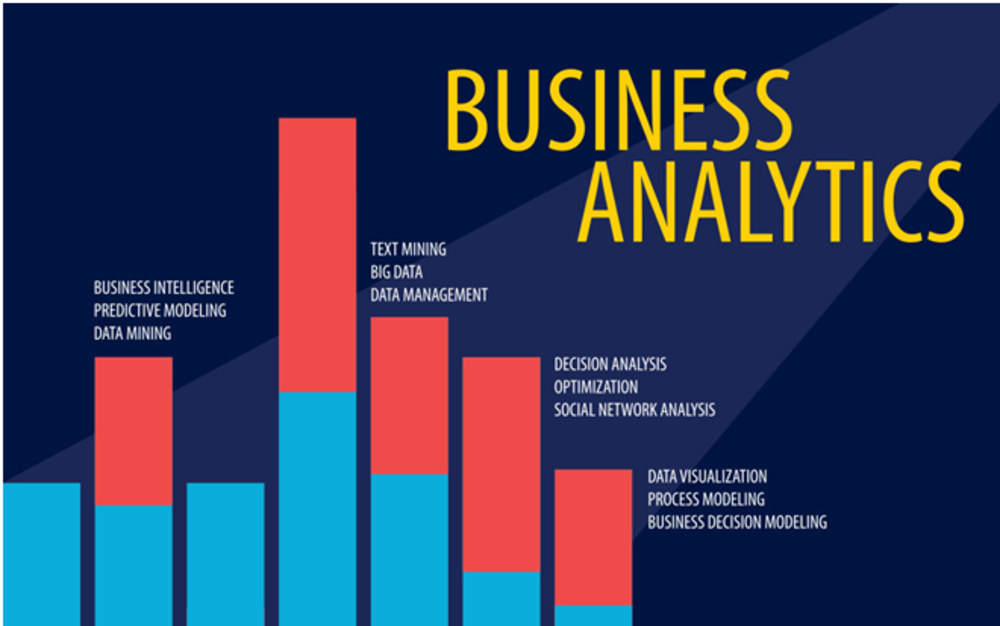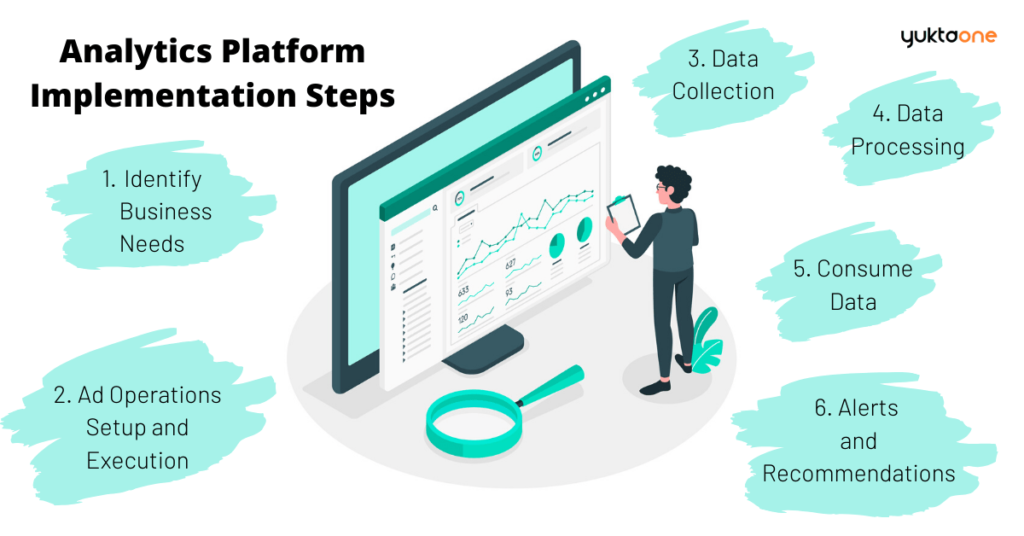In today’s digital age, data has become a valuable asset for business, driving decision-making processes and fostering growth. This article explores the significance of data-driven decision-making and how analytics plays a pivotal role in propelling business success. By harnessing data analytics effectively, businesses can gain actionable insights, optimize processes, and make informed strategic decisions that lead to sustainable growth and competitive advantage.
Importance of Data-Driven Decision-Making
Data-driven decision-making encompasses various aspects of business operations, from marketing and sales to product development and customer service. It enables businesses to track key performance indicators (KPIs), analyze customer feedback, and forecast market trends with greater accuracy. This approach fosters a culture of continuous improvement and adaptability, allowing companies to respond swiftly to changing market dynamics and customer preferences. Moreover, data-driven decisions are backed by empirical evidence, reducing the reliance on intuition and gut feelings, which can be unreliable in complex business scenarios. Overall, embracing data analytics empowers businesses to make smarter, more strategic decisions that drive sustainable growth and long-term success.
Overview of Analytics

Analytics encompasses a range of methodologies, from descriptive analytics that summarize past data to predictive analytics that forecast future trends and prescriptive analytics that provide actionable insights. Descriptive analytics offers a retrospective view of business performance, highlighting historical trends and patterns. Predictive analytics, on the other hand, utilizes statistical algorithms and machine learning models to anticipate future outcomes based on historical data, enabling businesses to make proactive decisions. Prescriptive analytics takes this a step further by not only predicting outcomes but also recommending optimal actions to achieve desired results. Together, these analytics methodologies provide a comprehensive understanding of business operations, customer behavior, and market dynamics, empowering organizations to make data-driven decisions that fuel business growth and success.
Understanding Analytics
This section breaks down the types of analytics, highlighting their unique purposes and benefits. We delve into descriptive analytics, which focuses on summarizing past data to provide insights into historical trends and patterns. Predictive analytics is explored for its capability to forecast future trends and outcomes using statistical algorithms and machine learning models. Prescriptive analytics is emphasized for its actionable insights, recommending optimal strategies based on predictive models. Additionally, we explore the tools and technologies used for data analysis, ranging from business intelligence platforms to advanced analytics software. Key metrics and KPIs such as customer acquisition cost, customer lifetime value, and churn rate are discussed in detail, emphasizing their importance in measuring business growth and performance.
Benefits of Data-Driven Decisions
Data-driven decision-making offers numerous advantages that significantly impact business growth. Improved decision accuracy and efficiency are key benefits, as data-driven insights enable businesses to make informed and precise decisions based on real-time information rather than intuition or guesswork. The ability to identify trends and opportunities is another crucial advantage, allowing businesses to capitalize on emerging market trends, customer preferences, and competitive landscapes. Furthermore, data-driven decisions contribute to enhancing customer experience and satisfaction by tailoring products, services, and marketing strategies to meet customer needs effectively. These benefits collectively empower businesses to stay agile, competitive, and poised for sustainable growth in dynamic markets.
Implementing Analytics in Your Business

Practical strategies for implementing analytics in business operations are discussed here, focusing on actionable insights for businesses seeking to leverage analytics effectively. We delve into data collection and management strategies, emphasizing the importance of capturing relevant data sources and ensuring data quality and accuracy. Additionally, we explore data visualization techniques that enhance understanding and decision-making by presenting complex data in intuitive and insightful formats. Integration into existing processes is also highlighted, showcasing how businesses can seamlessly incorporate analytics into their workflow to drive informed decision-making and optimize business performance.
Case Studies
Real-world examples of businesses that have successfully used analytics to fuel their growth are examined in this section. These case studies provide concrete evidence of how analytics can transform decision-making processes and drive business outcomes. For instance, we explore how a retail company utilized predictive analytics to forecast demand accurately, leading to optimized inventory management and increased sales. Another example could be a digital marketing agency leveraging data analytics to personalize customer experiences, resulting in higher engagement and conversion rates. These case studies not only showcase the power of analytics but also provide valuable insights and lessons for other businesses looking to adopt data-driven strategies.
Challenges and Solutions
Implementing analytics indeed comes with its set of challenges, ranging from data quality issues and resource constraints to organizational resistance. Overcoming these challenges requires a systematic approach and strategic planning. For instance, businesses can invest in data quality management tools to address data quality issues proactively. Allocating adequate resources and investing in training programs for employees can help mitigate resource constraints and build a data-literate workforce. Additionally, fostering a data-driven culture within the organization, with strong leadership support and effective communication, can help overcome organizational resistance and ensure the sustainability of data-driven decision-making practices.
Future Trends in Analytics
The article looks ahead at the evolving landscape of data analytics, exploring emerging technologies and predicting future trends in data-driven business. With advancements in artificial intelligence, machine learning, and big data analytics, businesses can expect greater automation, predictive capabilities, and real-time insights. This transformative shift opens up opportunities for innovation and growth, allowing businesses to gain a competitive edge by harnessing the power of data-driven strategies. By staying abreast of these developments and embracing the potential of data analytics, businesses can navigate the complexities of the modern business environment and drive sustainable growth.
Conclusion
In conclusion, we reiterate the benefits and importance of data-driven decisions in driving business growth. We encourage businesses to embrace analytics as a powerful tool for success in today’s competitive market, emphasizing the ever-evolving nature of data-driven strategies. By leveraging data effectively, businesses can gain actionable insights, optimize operations, and stay ahead of the competition in an increasingly dynamic business landscape.




